





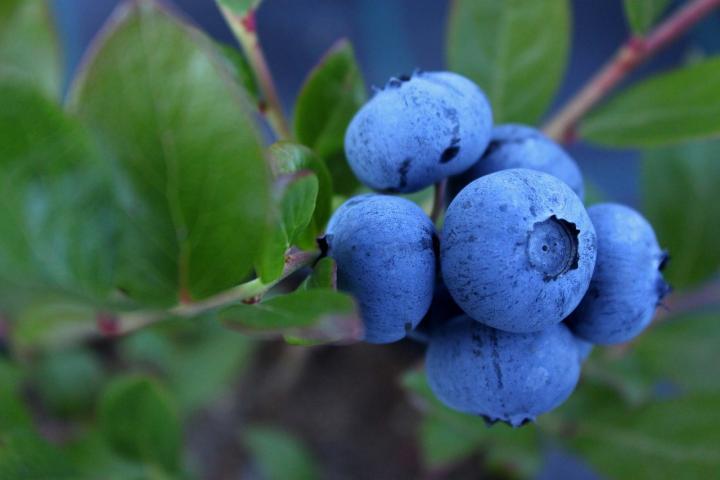
If you are thinking of adding a new flowering shrub to your landscape, why not consider a highbush blueberry?
Besides offering the beauty of its delicate bell-shaped flowers in the spring and its delicious sweet berries in the summer, it will add bright crimson foliage to your fall garden and its red stems will stand out against the snow in the winter. The blueberry is truly a plant for all seasons.
Blueberries are second only to strawberries as the most popular berry in the US. According to USDA tests, blueberries contain the highest amount of antioxidants compared to 40 other fruits and vegetables. They are high in vitamin C and only 83 calories per cup. If that wasn’t enough, they also are nutritional dynamos, full of phytochemicals that aid vision, improve memory, support a healthy immune system, and are good for urinary tract health. What’s not to love about them?
Unfortunately, commercially grown blueberries are on the Dirty Dozen list of fruits and vegetables that have high levels of pesticide residue in them. To be safe you really need to buy organically grown ones or grow your own.
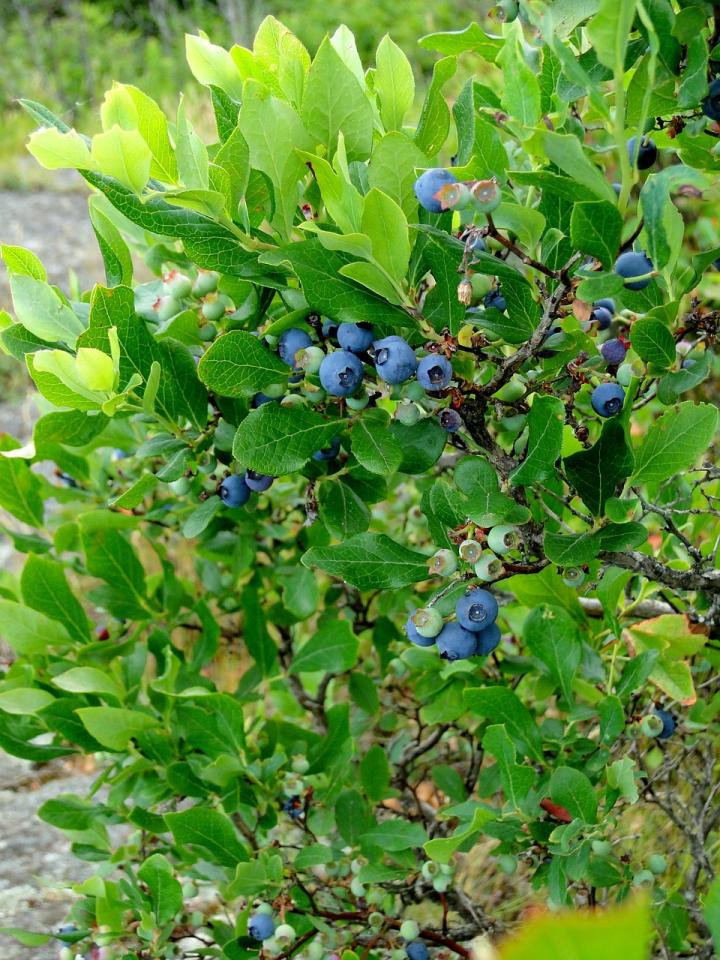
Highbush blueberries are easy to grow and relatively pest-free. They need full sun and well-drained, acidic soil with a pH of 4.5-5.2. Mulching them with rotted sawdust, wood chips, pine needles, or shredded leaves will encourage this level of acidity and help keep their shallow roots moist and cool. Yellow leaves indicate a lack of acidity in the soil. Soil pH can be lowered by adding elemental sulfur or peat moss to the soil.
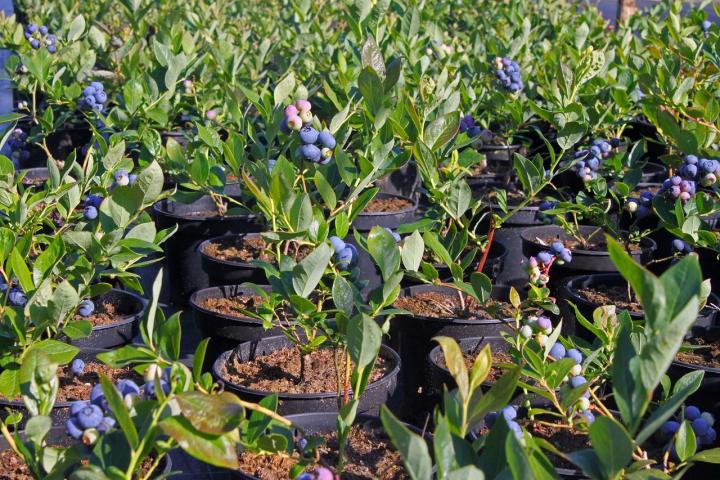
Bare-root shrubs are best planted in the spring but container-grown ones can be planted at any time. Space them 4-6 feet apart and don’t plant them any deeper than they grew in the pot.
Grow at least two different varieties for better pollination and higher yield.
Once they are established they are very long-lived, lasting 60 years or more!
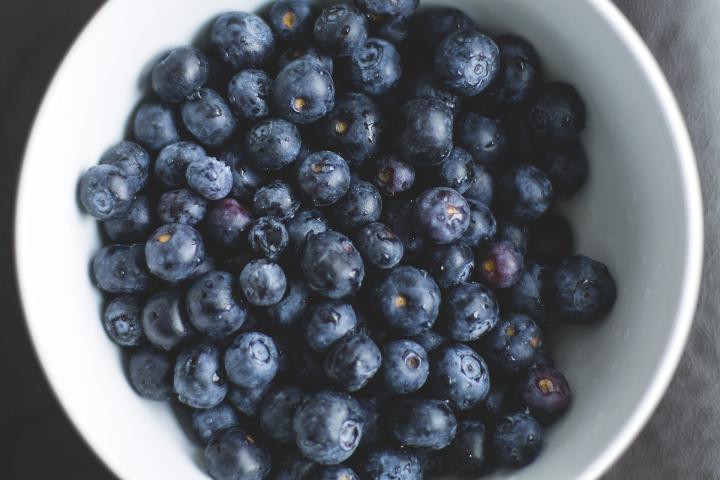
Depending on the variety, each bush will yield 4 to 8 quarts of fruit.
Blueberries should be fertilized sparingly in the spring, once the leaf buds begin to swell and again when the fruit starts to form.
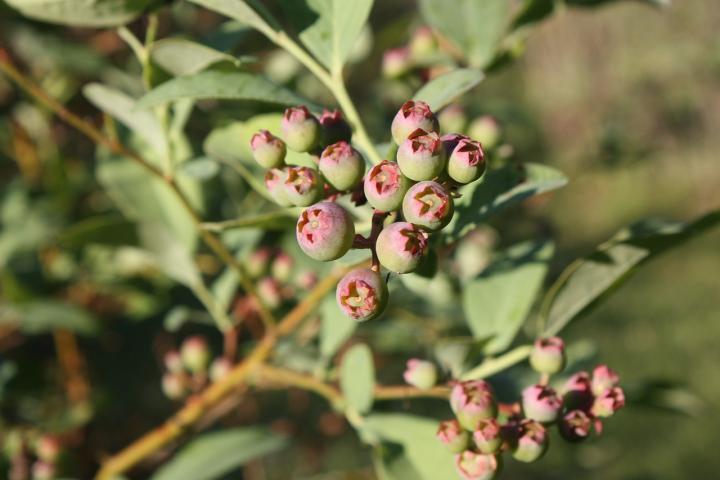
They need 1 to 2 inches of water a week while the berries are developing.
Anytime is a good time to add another edible plant to your landscape.
Read more on our Blueberry Plant Guide.
~ By Robin SweetserGet inspired by Robin Sweetser's backyard gardening tips. Robin has been a contributor to The Old Farmer's Almanac and the All-Seasons Garden Guide for many years. She and her partner Tom have a small greenhouse business and also sell plants, cut flowers, and vegetables at their local Farmer's Market.
Copyright © www.100flowers.win Botanic Garden All Rights Reserved